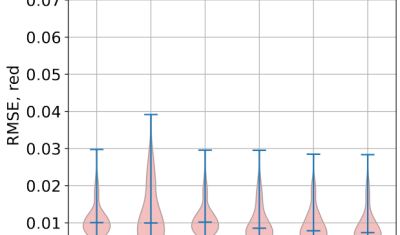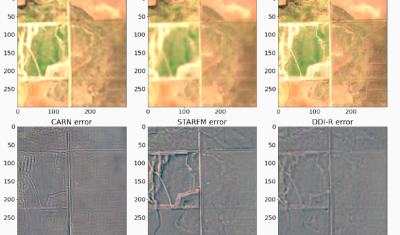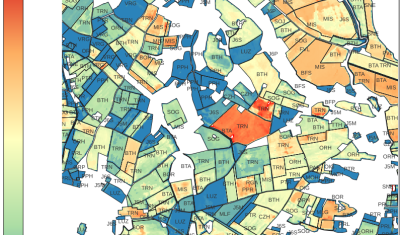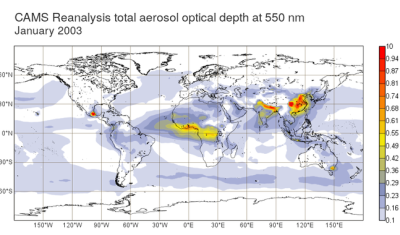Les avantages et inconvénients du traitement systématique et du traitement à la demande
=> À mesure que la résolution de nos missions satellitaires s’améliore, le volume de données des produits de sortie augmente, et la part des coûts de calcul et de stockage de ces produits augmente également. Supposons que vous prépariez une nouvelle mission satellite, par exemple une mission de type Sentinel, dans l’espoir d’une utilisation potentielle […]








